In engineering, there are notions of object and background. Objects are ordinary things that have to be detected and examined (humans, vehicles, animals etc.), the background is everything else not covered by the object in the field of view (forest, grass, buildings etc.)
The operation of all thermal imaging systems is based on the perception of the temperature differences between two things i.e. an object against a background and on the conversion of that difference to a visible image. Because all bodies are not heated up equally a picture of IR distribution appears. The higher the difference between an objects IR radiation intensity and the background’s IR radiation intensity the more resolvable and with better contrast the thermal image will be. Contemporary thermal imaging devices are capable of detecting temperature differences of 0.015-0.07°C.
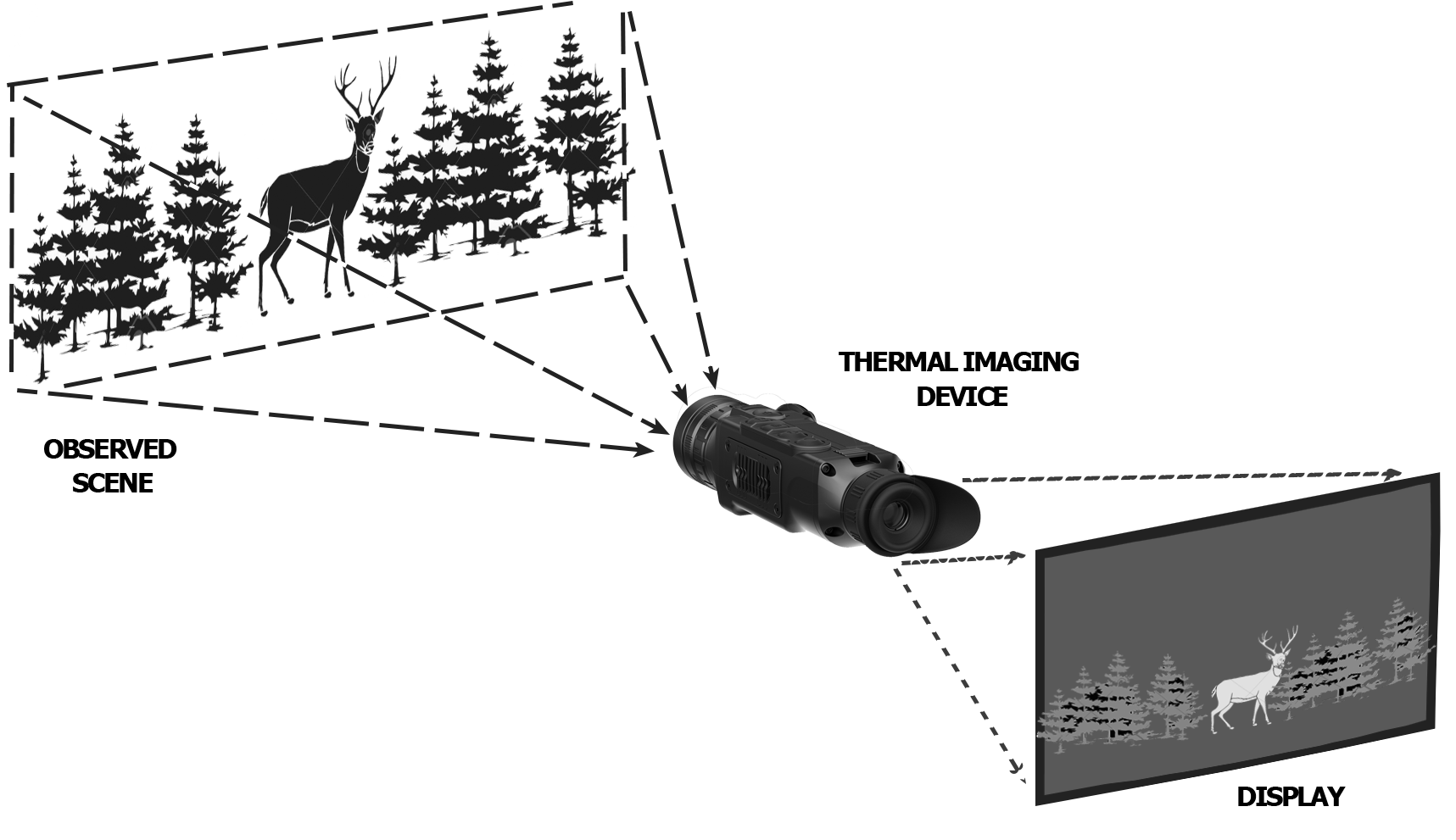
Most of the night vision units based on either image intensifier tubes or CMOS/CCD sensors detect IR radiation in the wavelength range of 0.78-1 µm, which is only a fraction higher than spectral sensitivity of the human eye. Thermal imaging units operate in wavelength range 3-555 µm (MWIR or medium wave infrared) and 8-14 µm (LWIR or long wave infrared). In this wavelength band, ground surface atmospheric layers are transparent for IR radiation and emissivity of observed objects with temperatures -50 - +50°C is the highest.
The thermal imager is an electronic observation device, creating the image of temperature difference in an observed area of space. The fundamental component of every thermal imager is a microbolometer array (thermal sensor) and each picture element of this array (pixel) can measure temperature with high precision.

The advantage of thermal imagers lies in the fact that they do not need any external sources of illumination, they are passive systems which work well in both the daytime and pitch-black nighttime conditions. As mentioned before bad weather conditions such as fog or rain do not create obstacles for thermal imager, these conditions would make ordinary night vision units completely useless.
The operation of all thermal imaging devices can be simply described in the following way:
- The objective lens of the thermal imager shapes a temperature map of anything in the field of view on to the thermal sensor surface (also called temperature difference map)
- The microprocessor and other electronic elements read data from the thermal sensor, process it and create shape in the display, that represents a visual interpretation of the data. This image is then viewed by an observer through an eyepiece or directly on a screen.
Thermal imagers have more in common with digital night vision devices than image intensified night vision devices (commonly referred to as analogue systems) and allow for a greater number of user-defined settings and adjustments.
For instance, brightness and contrast settings, image colour settings, the introduction of auxiliary information in the field of view (current time, battery charge level, icons of active modes etc.), digital zoom, picture-in-picture (displays zoomed image of the observed object or its part in an additional small window) and display OFF functions (used for energy saving and avoiding backlight exposure).
Thermal imaging and digital riflescopes can also have many functions that can aide the shooter such as multiple selectable reticles with various shapes and colours, convenient and fast zeroing functions like “one-shot zeroing” and “Freeze” zeroing, automatic distance-related correction functions, multiple zeroing profiles for different rifles, an indication of side tilt, elevation angle and many more.
In comparison with analogue night vision riflescopes, the reticle in digital and thermal imaging devices is usually “digital”, i.e. the reticle image is overlaid on the scene image by video processing. With the image of the observed object and reticles being located in the same plane (the display plane) effects such as parallax are eliminated. The reticle is moved electronically which allows for the removal of the mechanical correction elements usually found on analogue riflescopes. Therefore these mechanical correction elements, that require a costly precision manufacturing and assembly process, can be enitely removed from digital and thermal devices.
Thermal imagers can also have built-in video recorders for capturing images and videos of observed objects and many other auxiliary functions, such as wireless data (photo, video) transmission (radio channel, Wi-Fi) to external devices, remote control of the unit (using a mobile device for instance), integration with a laser rangefinder (with data from rangefinder appearing on the screen of the unit) and integration with GPS-sensors (geopositioning) etc.
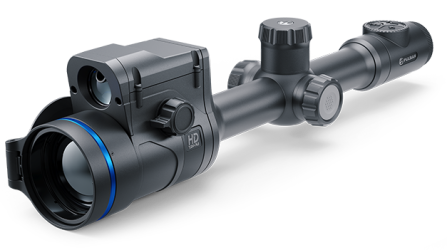 Thermion 2 LRF XL50
Visores térmicos
Thermion 2 LRF XL50
Visores térmicos
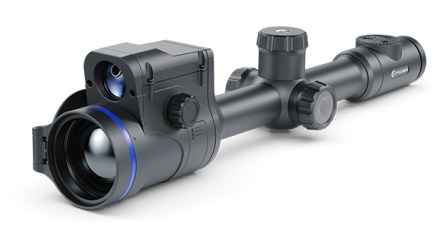 Thermion 2 LRF
Visores térmicos
Thermion 2 LRF
Visores térmicos
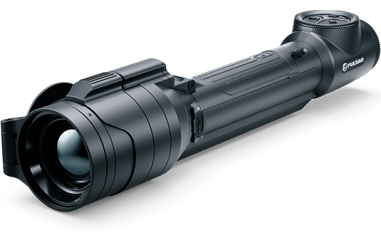 Talion
Visores térmicos
Talion
Visores térmicos
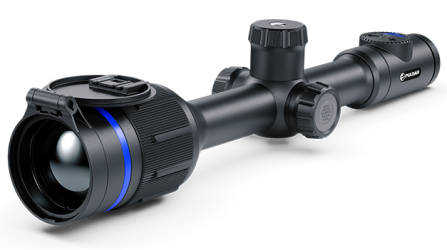 Thermion 2
Visores térmicos
Thermion 2
Visores térmicos
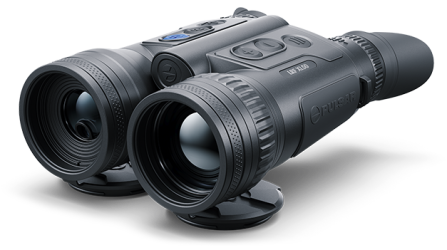 Merger LRF XL50
Binoculares térmicos
Merger LRF XL50
Binoculares térmicos
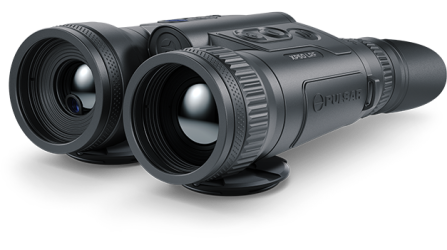 Merger LRF XP50
Binoculares térmicos
Nuevo
Merger LRF XP50
Binoculares térmicos
Nuevo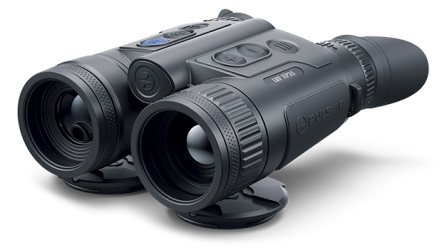 Merger LRF XP35
Binoculares térmicos
Merger LRF XP35
Binoculares térmicos
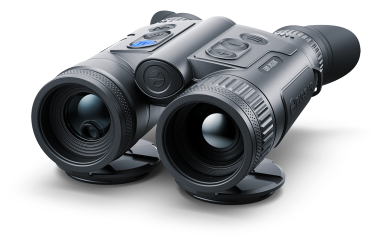 Merger LRF XQ35
Binoculares térmicos
Nuevo
Merger LRF XQ35
Binoculares térmicos
Nuevo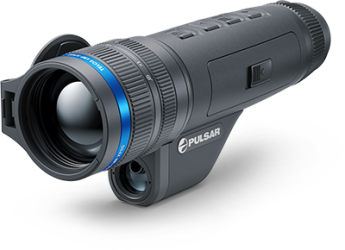 Telos
Dispositivos térmicos
Telos
Dispositivos térmicos
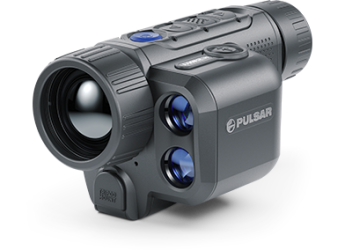 Axion 2 LRF
Dispositivos térmicos
Axion 2 LRF
Dispositivos térmicos
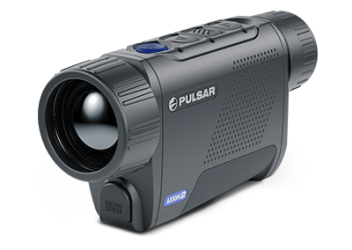 Axion 2
Dispositivos térmicos
Nuevo
Axion 2
Dispositivos térmicos
Nuevo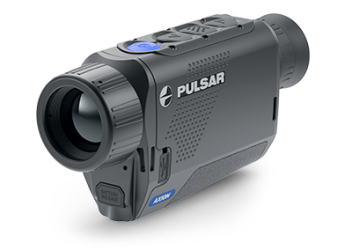 Axion XQ30 PRO
Dispositivos térmicos
Axion XQ30 PRO
Dispositivos térmicos
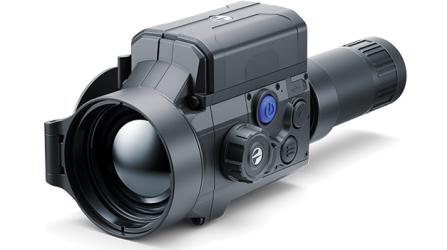 Krypton 2
Dispositivos térmicos
Krypton 2
Dispositivos térmicos
 Axion XM30F
Dispositivos térmicos
Axion XM30F
Dispositivos térmicos
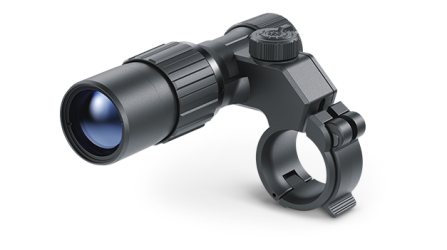 Pulsar Digex-XS
Iluminadores Infrarrojos Externos
Pulsar Digex-XS
Iluminadores Infrarrojos Externos
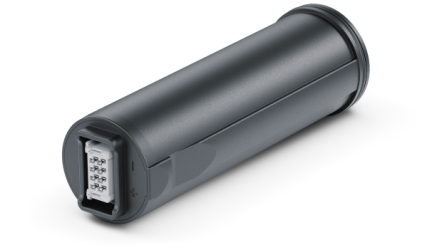 Paquetes de baterías APS
Paquetes de baterías
Paquetes de baterías APS
Paquetes de baterías
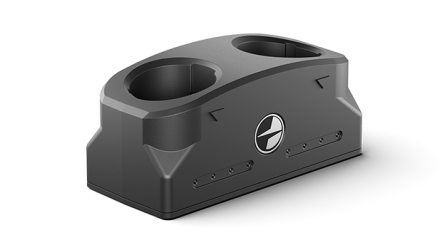 Cargador de batería APS
Cargador de batería
Cargador de batería APS
Cargador de batería
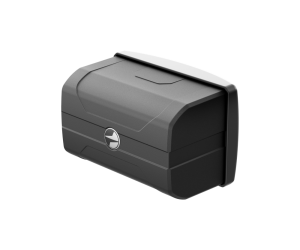 Paquetes de baterías IPS
Paquetes de baterías
Paquetes de baterías IPS
Paquetes de baterías
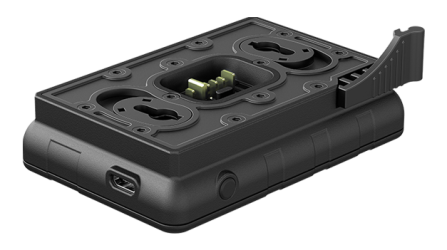 Cargador de baterías IPS
Cargador de baterías
Cargador de baterías IPS
Cargador de baterías
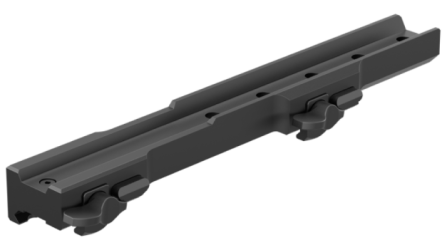 Montajes de fusil
para visores de Pulsar
Montajes de fusil
para visores de Pulsar
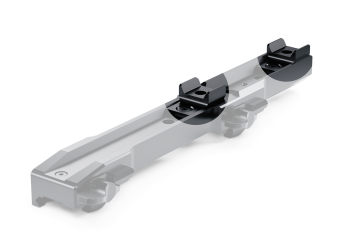 Separadores H7
Kits de reparación
Nuevo
Separadores H7
Kits de reparación
Nuevo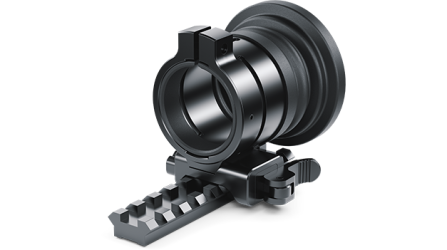 PSP-V Weaver Rail Adapter
Adapter
PSP-V Weaver Rail Adapter
Adapter
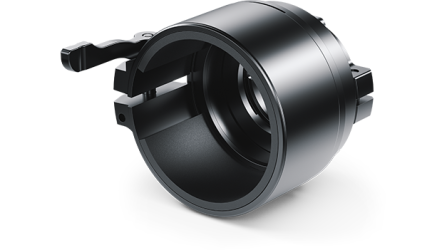 PSP Ring Adapters
Adapters
Nuevo
PSP Ring Adapters
Adapters
Nuevo Adaptadores de anillos PSP-B
Adaptadores de anillos
Adaptadores de anillos PSP-B
Adaptadores de anillos
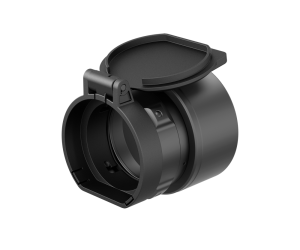 Adaptadores de tapa FN
Adaptadores de tapa
Adaptadores de tapa FN
Adaptadores de tapa
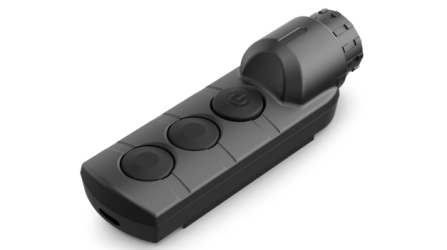 El control remoto inalámbrico
para dispositivos digitales y de imagen térmica
El control remoto inalámbrico
para dispositivos digitales y de imagen térmica
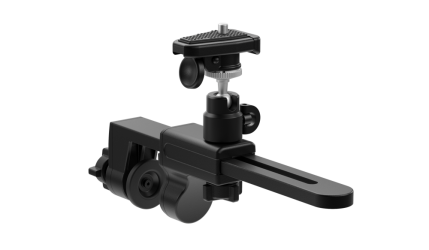 Montura con sargento de sujeción
Accesorios Pulsar
Montura con sargento de sujeción
Accesorios Pulsar
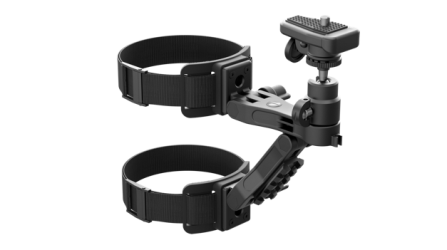 Montaje del árbol
Accesorios Pulsar
Montaje del árbol
Accesorios Pulsar
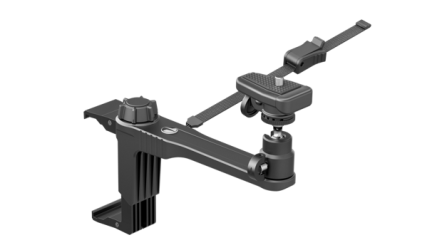 Montaje de marco de ventana
Accesorios Pulsar
Montaje de marco de ventana
Accesorios Pulsar
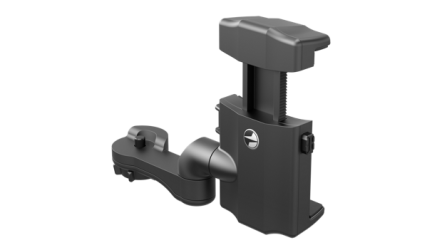 Soporte para teléfono plegable Helion
Pulsar Accessorios
Soporte para teléfono plegable Helion
Pulsar Accessorios
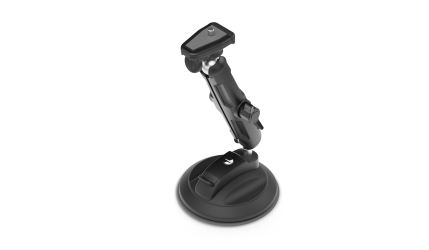 Montaje de vidrio plano
Accesorios Pulsar
Montaje de vidrio plano
Accesorios Pulsar
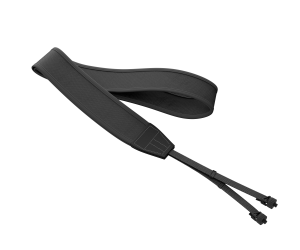 Correa para el cuello
Accessorios
Nuevo
Correa para el cuello
Accessorios
Nuevo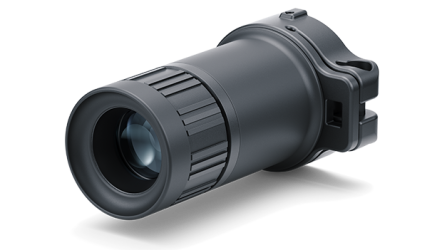 Monocular Pulsar 3x20 B
Accesorios
Monocular Pulsar 3x20 B
Accesorios
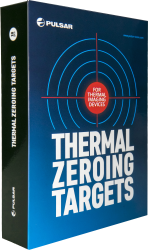 Calibrado de Objetivos Termográficos
Accesorios
Calibrado de Objetivos Termográficos
Accesorios
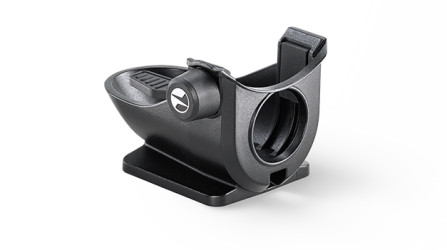 Telos LRF Tripod Adapter
Accesorios Pulsar
Telos LRF Tripod Adapter
Accesorios Pulsar









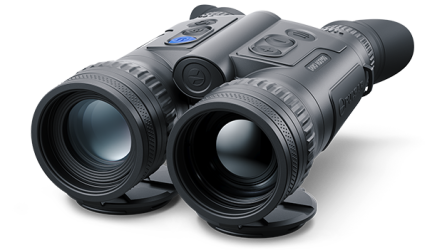
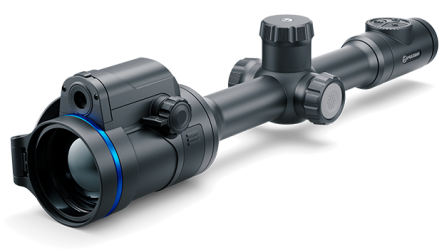
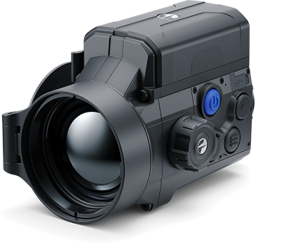
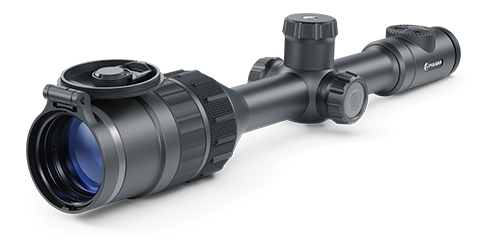
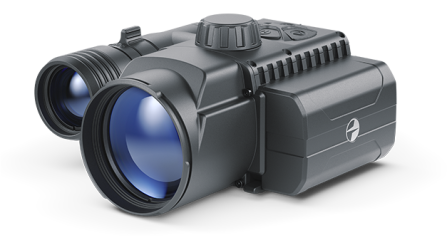
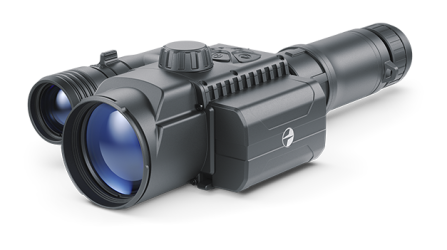



 English
English German
German French
French Spanish
Spanish Italiano
Italiano English
English Lietuvių
Lietuvių
